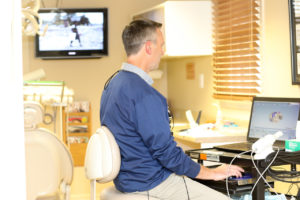
Dentistry is full of old, new, and emerging technology. For example, the different ways to use dental implants over the last 30 years has been a major game changer in the field of dentistry. Likewise, CAD/CAM technology (computer-aided design and manufacturing of dental restorations) has seen steady growth over the same 30 years. Here is a little background on the some of the reasons this technology is here to stay.
Let me start by saying that the best dentistry is NO dentistry. Prevention of decay and other destructive things that happen to teeth is the best line of defense. Having said that, the fact of the matter is, there are many people who need things… (Read More)




